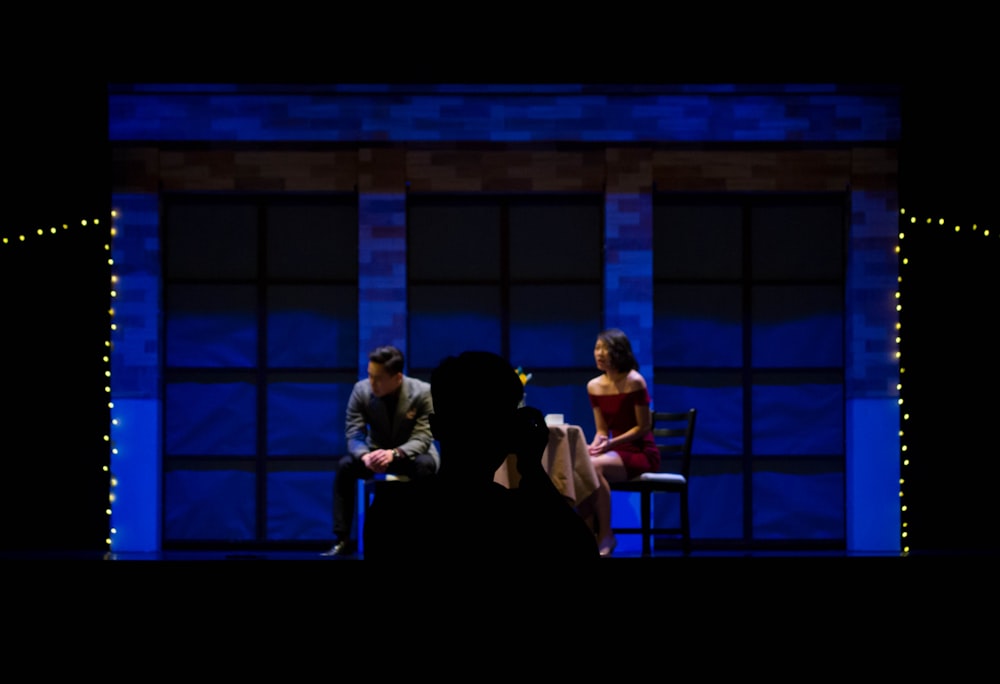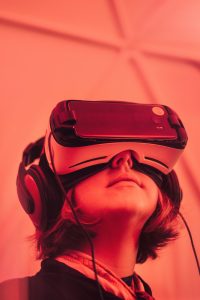
Photo by Steven Van on Unsplash
First of all, I would like to commend everyone in the class on some amazing videos. I truly enjoyed seeing the different avenues every group took towards creating and disseminating their ideas and learning areas. I will look at the videos, and group write-ups, on a case-by-case basis:
Trevor and Emily:
There were a couple of points on your presentation that resonated with me, but none more than the idea that the new technology incorporated in the classroom has to be compatible with the teacher’s pedagogy, abilities, and beliefs. This is imperative for the tech, in my opinion, to be functional and well incorporated in a meaningful way, into the classroom. Thank you for looking into this and providing a great synopsis.
Sean, Jeremy, and Clay:
“Often, educators feel that presenting information in varying forms is more advantageous (or at least neutral) to having only one. This assumption has been proven incorrect by current research into students and the cognitive loads they can handle during the learning process.” I agree with this statement as there can be disadvantages to too much tech. I loved the way you decided to film outside (though you looked quite cold). This was a valuable learning experience for me and I appreciated the video very much.
Tracey and MacKenzie:
Thank you for the look into the world of maker spaces. I agree with the idea that the reason that we are doing these things must meet most of the list you presented, to have relative validity in our practice. I find that the new curriculum in BC lends us to go into these spaces more freely.
Joanna, Nicole, and Hayley:
I love a good debate. I agree digital equity needed to layout the black-and-white issues before coming into the more gray area that is the reality of the situation. I believe that the issues are more based on the school and their resources, as you said. I would also like to put forward, that the administration in a school/district can have a huge impact on the level of tech in the school based on its perceived priority.
Jerry and Rhyanon:
Distance learning and accessibility/flexibility are huge concerns moving forward. With the internet, the idea behind access to education is growing. I would like to look at the way that Tech is affecting my classroom. In my Senior Humanities class, the students being able to share their projects with me, using google docs, has afforded them the ability to work on the bus on the way home or in the car on the way to tournaments. They are loving the idea that they have access to all their work and don’t need the actual computer programs we offer to work on assignments. In that vein, I try to use as many open-source programs as possible in my lab so the students can get them at home for no cost and continue to work. Thank you for the presentation.
Heidi, Lawrence, Dale, and Rene:
The award goes to you. A great way of making learning fun and accessible. I truly enjoyed the whole video. “The pictures and posts that people put into their profiles or news feeds are constructions, and these constructions most often do not accurately represent their true selves.” That is a very important aspect of the new digital age. As tech increases and access to information increases exponentially, we are struggling to teach students not only what is true, but in fact, what is actually real. When I am teaching my Grade 8 students the Liquify tool in Photoshop, I make sure that I bring up the picture of Jennifer Lawrence and explain how media distorts what is real to create an unattainable reality.
Faune, Leanne, and Rochelle:
I think the following quote from your pamphlet, “The next generation must be taught how to use technology positively and how to be critical when given an abundance of online information”, says it all. As I have mentioned previously in this post, we are in an information-rich world. How do we teach discernment and not blind faith in the information presented?
Cheryl, Heather, and Ben:
I love how you presented as you were exceptionally hindered by the 1000’s of km that separated you. I appreciated what you were discussing. “ Teachers need to get involved in developing and designing assessments and developments need to be shared through Open Educational Resources so progress can be made more quickly”. I echo this sentiment. Teachers PLC is not defined by buildings anymore and the desire to engage online and create positive change to assessments, in real-time (relatively), would increase the efficacy of what is seen as assessment among like-minded classroom needs and goals.
Great job everyone and thank you for the knowledge. I truly enjoyed this project and hope to see more like it, in my humble opinion.
Andrew Vogelsang



